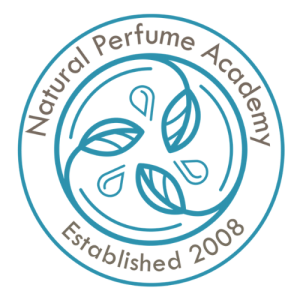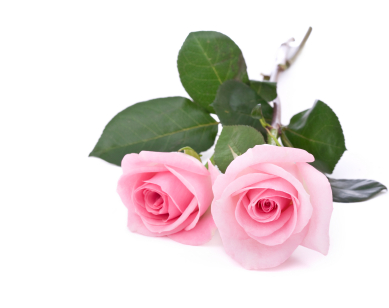Natural Perfume Academy Main Glossary

Welcome to the Natural Perfumery Glossary
The Natural Perfumery Glossary is a comprehensive public resource designed for all natural perfumers, whether you're a seasoned professional or just beginning your journey. This glossary serves as an educational tool, offering detailed definitions and insights into a wide range of natural perfume materials and terms.
Our entries cover various aspects crucial to the art and science of natural perfumery, including:
- Description and Characteristics: Detailed profiles of natural ingredients, including their origins, extraction methods, and unique olfactory qualities.
- Blending Suggestions: Insights into what other materials a particular ingredient pairs well with, helping you create harmonious and well-rounded compositions.
- Usage and Applications: Practical advice on how to incorporate each ingredient into your perfume creations.
- Safety and Regulatory Issues: Important information on the safe use of materials, including any relevant regulatory considerations.
At the Natural Perfume Academy, we are committed to fostering a deep understanding of natural perfumery through education and certification. Our glossary is a testament to this commitment, providing a valuable reference to support your ongoing learning and mastery of natural perfume making. Explore the glossary to enhance your knowledge and craft exquisite, all-natural fragrances with confidence.
Special | A | B | C | D | E | F | G | H | I | J | K | L | M | N | O | P | Q | R | S | T | U | V | W | X | Y | Z | ALL
R |
|---|
Raw Materialbotanical or animal based material used in perfumery; essential oils, absolutes, tinctures, infusions, concretes, pomades, CO2 extractions, etc. are all examples of a raw material | ||
Resinoids(see Balsam and Gums)sweet, warm, woody, resinous materials; exudates of trees. | ||
RosewoodAniba rosaeodora Common Names: Brazilian Rosewood, Bois de Rose, Pau-Rosa Description: Aroma Profile: Uses in Perfumery: Regions: Extraction Method: Goes Well With: Unique Characteristics: Descriptive Language CategoriesNote Family: Floral, Woody, Fresh, Citrus-Floral Texture: Silky, radiant, sheer Emotion: Uplifting, serene, clarifying, balancing Analogy: Sunlight through rose petals, a polished cedar writing desk, fresh linen in a blooming garden Conservation Status: | |


